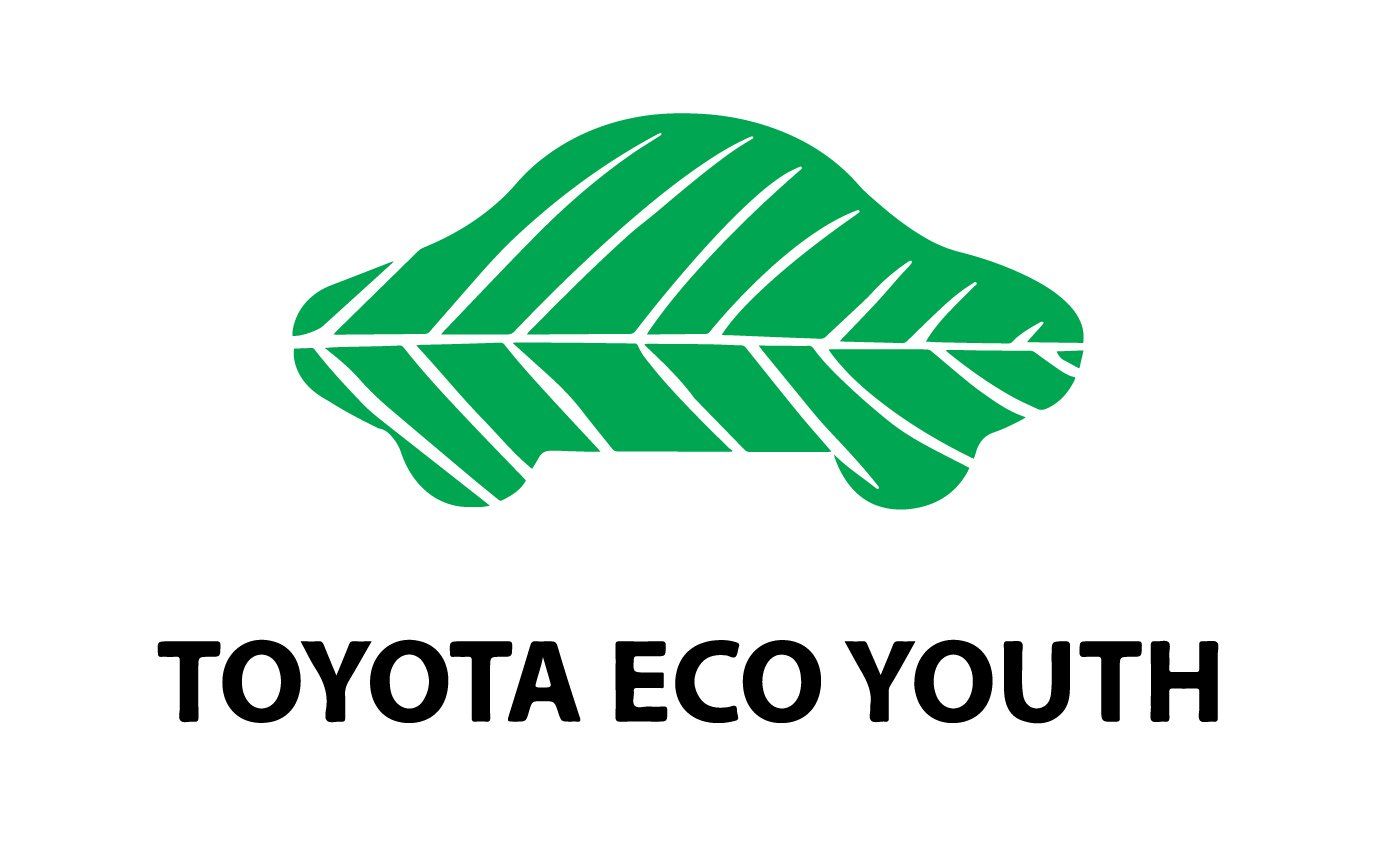Rebuilding Your Employer Brand After Talent Shortages

Photo by pch.vector @ freepik
Introduction: When the Talent Well Runs Dry
When nearly three-quarters of employers admit they can’t find the skills they need, you know something’s off. According to ManpowerGroup, 74% of companies globally struggle with talent shortages. In Germany, that number jumps to 86%. In Ireland, 83%. In Brazil, 81%. And for industries like healthcare and life sciences, 77% report critical skill gaps.
It’s no surprise that organisations everywhere are rethinking how they attract, retain, and re-engage talent. The pandemic, automation, and shifting workforce expectations—especially from Gen Z—have rewritten the rules. But the bigger question remains: how do you rebuild your employer brand when it’s been damaged by hiring freezes, turnover spikes, or internal mistrust?
This is employer brand recovery. And in 2025, it’s not just about hiring again—it’s about earning back trust.
Diagnosing the Damage: Where Employer Brands Fall Apart
Employer brands don’t collapse overnight. They erode—through inconsistent communication, broken promises, and a culture that no longer resonates with employees.
The Universum Global 2024 Employer Branding Report found that 54% of talent leaders expect a tougher hiring year ahead. Many cite skill shortages and disengaged workforces as root causes. And yet, 68% of top employers (those in the World’s Most Attractive Employers list) are doubling down on branding as their key differentiator.
So, where do most brands go wrong after a talent shortage?
1. Silence during uncertainty
When leadership goes quiet during layoffs or slow hiring cycles, employees fill the gaps themselves. Rumours spread. Trust weakens.
2. Overpromising culture, underdelivering experience
Candidates today don’t just want a job—they want alignment. A disconnect between what’s advertised and what’s experienced leads to quick exits and low advocacy.
3. Neglecting internal mobility
In large organisations, roughly 33% of HR leaders rank internal mobility as a top-three priority, according to Universum. Yet, few act on it consistently. Employees start looking elsewhere when growth feels out of reach.
4. Forgetting that people talk
Reviews on Glassdoor or LinkedIn aren’t just noise—they’re your real-time brand feedback loop. Post-crisis, every review matters.
Step One: Rebuild Trust Through Radical Transparency
People don’t expect perfection. They expect honesty. After a crisis, whether it’s layoffs or hiring freezes, transparency becomes your most powerful repair tool.
Own your missteps
Start by acknowledging what went wrong. If communication broke down during talent shortages, say so. Employees respect leaders who admit gaps and outline plans for improvement.
Share your rebuilding roadmap
Post updates internally and externally. Share metrics—not just wins, but lessons learned. As The Conference Board notes, while 78% of organisations invest in employer branding, only 18% clearly communicate its impact. Be part of that minority.
Involve your people in the conversation
Employee listening sessions and anonymous feedback tools aren’t “nice-to-haves.” They’re early warning systems that prevent future trust erosion.

This may interest you: The Connections Between Love and Work
Step Two: Redefine Culture from the Inside Out
A brand is only as strong as the culture behind it. After a talent drought, your culture likely took a hit—burnout, survivor’s guilt, or plain disengagement.
Rethink your values through action
Culture statements on posters don’t move people. Small, consistent actions do. Revisit your mission, involve employees in defining what it means in practice, and model those behaviours daily.
Rebuild advocacy organically
Encourage storytelling—not scripts. Let employees share their real experiences of growth, recovery, and renewal. Authenticity wins more than polish ever could.
Focus on wellbeing and flexibility
Post-shortage, people crave stability. Leaders who actively promote mental health, realistic workloads, and flexible arrangements rebuild loyalty faster.
Step Three: Communicate Like a Human, Not a Brand
Post-crisis employer branding isn’t about slick videos or tagline revamps. It’s about human tone, consistent updates, and follow-through.
Speak in real voices
Drop corporate jargon. Let leaders, managers, and employees speak directly through blogs, podcasts, or internal updates. A conversational, humble tone signals confidence and authenticity.
Share progress, not perfection
Don’t wait for a big reveal. Update stakeholders regularly: what’s working, what’s changing, what’s next. Consistency builds reliability.
Use data to tell your story
From a recruitment standpoint, credibility comes from transparency. According to a ResearchGate study, strong employer brands can reduce recruitment costs by 50% and double the pool of qualified candidates.
Step Four: Align Employer Brand with Future Hiring Needs
Once the dust settles, it’s time to look forward. The Built In 2025 Talent Trend Report shows that 49.4% of employers expect increased hiring this year. Employer branding, though, is a stated priority for only 17.8% of respondents. That gap represents opportunity.
Rebuild recruitment credibility
Focus your recovery narrative around progress. Share milestones in diversity, internal promotions, and hiring practices. A consistent external message, aligned with actual change, rebuilds market confidence.
Invest in smarter hiring processes
Your employer brand is only as strong as your candidate experience. This includes clarity, communication, and fairness throughout the process. When exploring solutions for fixing hiring challenges, look for ones that emphasise transparency and candidate engagement—not just speed.
Create bridges for internal talent
Future-facing organisations blur the line between internal and external recruitment. Highlight internal success stories in your employer brand narrative. Promote mobility as a retention strategy, not just a recruitment tool.
Step Five: Retain, Reward, and Reignite
A powerful employer brand doesn’t end with a signed offer letter. It thrives through ongoing connection and recognition.
Measure retention like reputation
As talent markets rebound, loyalty becomes the true differentiator. According to NZ Recruit, improving staff retention rates begins with understanding why employees stay—not just why they leave.
Reward advocacy
Turn engagement into recognition. Reward employees who refer great candidates, mentor others, or contribute to your brand story. They’re your most credible marketers.
Celebrate progress publicly
Highlight internal milestones in newsletters or on LinkedIn. This reminds employees—and candidates—that your organisation grows through collective effort.
The Gen Z Factor: Building for the Workforce of 2025
Gen Z is now a major segment of the workforce, and they’re driving new standards for what makes an employer brand credible.
What Gen Z wants:
- Transparent communication and leadership access
- Strong social and environmental values
- Learning and growth opportunities over titles
- Work-life integration—not just balance
They value authenticity and expect to see companies live their stated values. This generation will quickly call out inconsistencies between marketing and experience. For HR leaders, this means building an employer brand that feels lived, not designed.

Supplementary readings:
Generation Disconnected: Data on Gen Z in the Workplace
How to Hire, Motivate, and Retain Gen-Z In Work
Measuring Employer Brand Recovery
As The Conference Board points out, 68% of organisations track employer branding outcomes, yet only 41% measure ROI. That’s a missed opportunity.
Track key indicators such as:
- Application-to-offer ratio
- Employee referral rate
- Internal mobility statistics
- Engagement and exit survey insights
Regular measurement turns recovery into long-term resilience.
Conclusion: Brand Recovery Is a Long Game
Employer brand recovery isn’t a campaign. It’s a commitment. One built on transparency, consistency, and empathy. After a talent shortage, your people—past, present, and future—are watching closely. They don’t want perfection. They want honesty, action, and proof of progress.
So, start there. Be transparent. Rebuild your culture one story at a time. And remember: your next chapter as an employer brand isn’t defined by the shortage you faced—it’s defined by how you recover from it.
Business
Tags: Alignment & Clarity, Building Functional Competencies, Business Management, Business Model, Brand, Talent Development, Brain Bulletin, Consultant Corner, Competence, Executing Leadership
Let me introduce myself, the editor of BeautyLiesTruth.com. He loves traveling and visiting new places, and tends to bring comfort into the trip. He loves spicy food, anything with lemon, nature and doesn't understand the point of taking a picture without one of us appearing in it.






